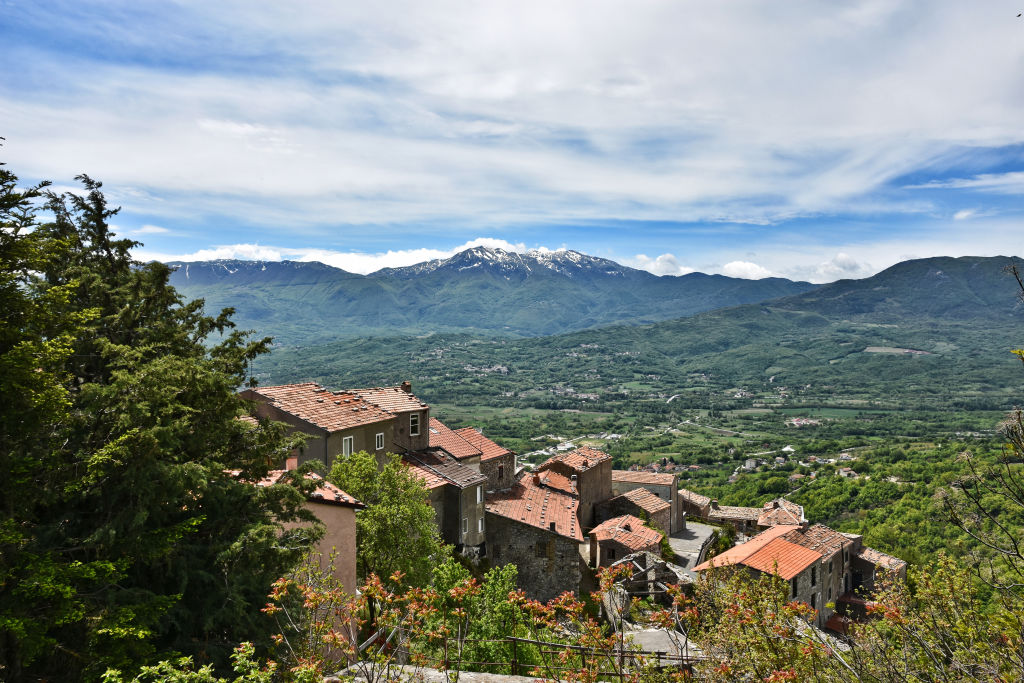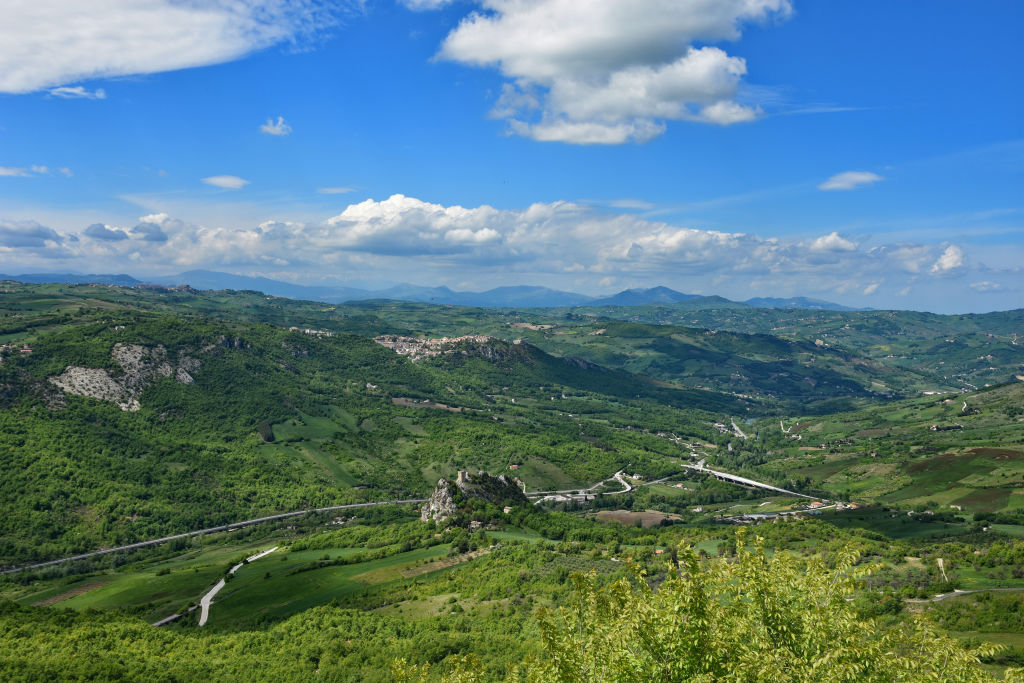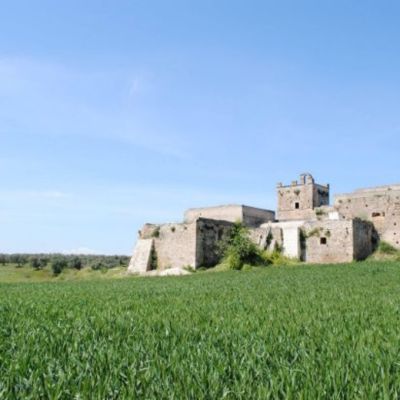Dreaming of a change? Get paid nearly $15,000 a year to move to these Italian towns

How does moving to a scenic Italian village and earning 700 euros, or $1,128 a month, for three years for doing so sound?
It does seem like an enticing prospect, but there are rules – and it’s triggered by a serious demographic problem.
The scheme is kicking off on September 16 in Molise, a mountainous region of Italy to the east of Rome bordering Abruzzo, Campania, Puglio and the Adriatic Sea.
Most of its towns — around 105 out of 136 — are struggling to maintain their population, and the region’s overall number of people has fallen to 305,000.
For candidates to qualify they must make Molise their main home, relocate to a town of less than 2000 people, and open a business that supports the local economy, such as a restaurant, inn, bed and breakfast, small rural farm, library or boutique.
Aimed at families and young people in particular, the scheme was dreamed up by a regional councillor, Antony Tedeschi, to bring new life to the region.

“I want my region to undergo a renaissance and avoid its authentic villages turning into ghost towns,” he told CNN Travel. “We need to safeguard our roots.”
The president of the region, Gonato Toma, explained to the Guardian that it wasn’t just about attracting new residents but also about providing services and encouraging the existing population to stay.
Other Italian areas have tried different schemes, such as the town of Ollolai, in Sardinia, which was selling off empty homes for one Euro.
Earlier this year, the Italian National Statistics Offices release figures showing the country’s population had fallen by 90,000 in 2018, with 160,000 Italians relocating to another country – the highest number since 1981.
With a population of 55 million, its lowest in 90 years, more than 20 per cent of people are now 65 years or older, and it is the second oldest population in the world behind Japan.
Ongoing economic stagnation has been identified as one of the underlying factors in the disappearing young people, with a steady stream leaving for better employment opportunities.
The low birth is not a problem exclusive to Italy – Spain has similar challenges – but as a recent article in the Economist noted, other European countries like Germany have managed to improve their birthrate by improving access to childcare and changing parental leave laws.
There are also places closer to home that will pay people to relocate – such as the Northern Territory, which has a New Territorian Relocation Bonus aimed at encouraging new arrivals.
We recommend
States
Capital Cities
Capital Cities - Rentals
Popular Areas
Allhomes
More










